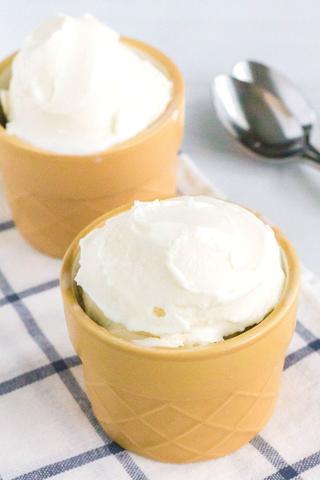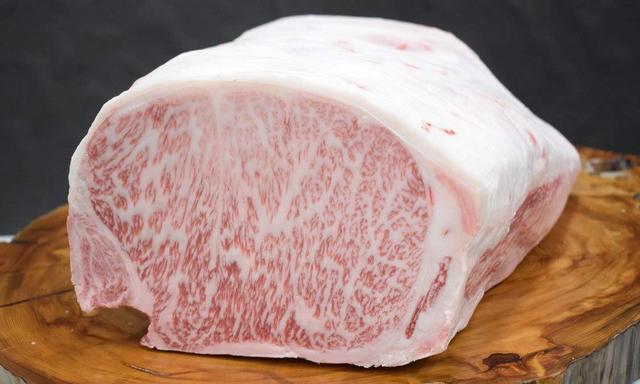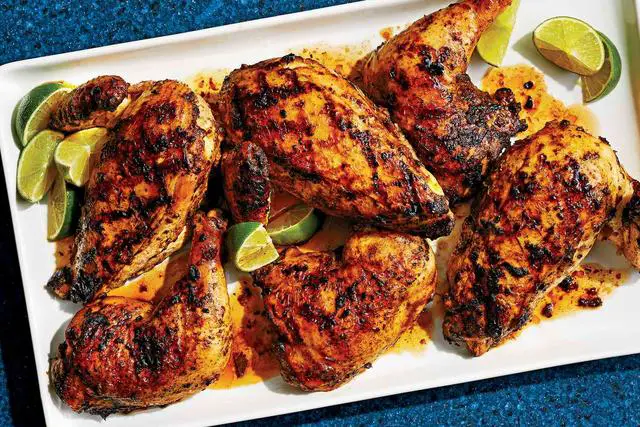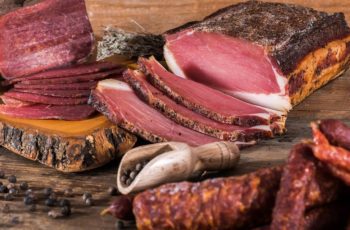
“Mastering the Art of Smoked Pork Butt: Unveiling the Debate – Fat Side Up or Down? Discover the secrets behind achieving mouthwatering results as we delve into the age-old controversy surrounding the placement of fat on your pork butt during smoking. Unleash your culinary prowess with this essential guide and savor every succulent bite.”
Pork Butt Fat Side Up or Down? Shoulder Orientation Explained
When it comes to smoking pork butt, there is a debate about whether to place the fat side up or down. The general suggestion is to have the fat side facing the heat source. This fat cap acts as an insulator, protecting the meat from direct heat. However, pork butt naturally contains a lot of intramuscular fat, so the orientation of the fat cap may not matter as much. In fact, you can even remove all of the exterior hard fat and still achieve great results.

The pork butt comes from the shoulder area of the pig and has a layer of subcutaneous fat called the fat cap on one side. This fat cap is sometimes trimmed before packaging. If you want to make pulled pork with crackling, you should use a picnic shoulder instead of a pork butt as it comes with skin on. There are different opinions on how to orient the pork butt on a smoker, but in my experience, it doesn’t really matter.
If you prefer to leave the fat cap on, it is recommended to place it towards the heat source. This can help keep the meat moist by acting as a barrier against drying heat. However, depending on your smoker setup, fat drippings can also increase pit temperature. Ultimately, since pork butt already has so much intramuscular fat, its orientation inside the smoker doesn’t have a significant impact on tenderness or flavor.
What is the Fat Cap?
The fat cap refers to the layer of subcutaneous fat that covers one side of a pork butt or shoulder. It is often left intact when cooking the meat, as it serves as an insulator and helps protect the meat from direct heat. However, the fat cap can also be trimmed before cooking.
Pork butt naturally contains a lot of intramuscular fat, so the orientation of the fat cap doesn’t have a significant impact on the final result. Some people prefer to remove the “false cap,” which is the exterior hard fat and thin layer of meat below it, for a leaner end product with more edible bark.
The orientation of the pork butt in a smoker or slow cooker can vary depending on personal preference. If you choose to leave the fat cap on, it is generally suggested to place it facing towards the heat source to act as a barrier against drying heat. However, if you remove the false cap, it doesn’t matter how you orientate the meat as it will still turn out tender due to its high intramuscular fat content.
Pork Butt Fat Side Up or Fat Side Down?
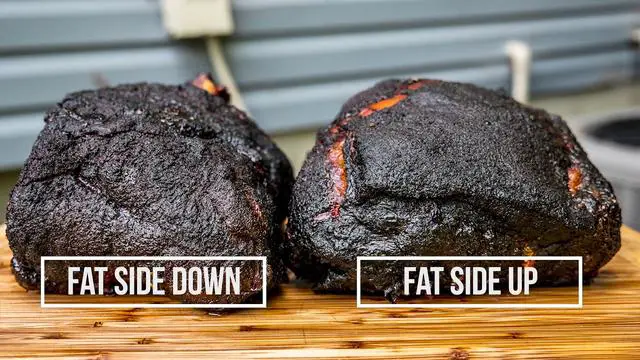
When it comes to smoking pork butt, there is a debate about whether to have the fat side up or down. The general suggestion is to have the fat side oriented towards the heat source. The fat cap acts as an insulator and protects the meat from direct heat. However, pork butt naturally has a lot of intramuscular fat, so the orientation of the fat cap may not matter much. In fact, you can remove all of the exterior hard fat and still achieve great results.
For those who choose to leave the fat cap on, it is recommended to place it facing the heat source. This helps keep the meat moist by acting as a barrier against drying heat. However, this can also cause pit temperature spikes due to dripping fat. Ultimately, whether you place the pork butt with the fat side up or down doesn’t make a significant difference because of its high intramuscular fat content.
In my opinion, maximizing tenderness and edible bark is key when smoking pork butt. That’s why I prefer to completely remove the “false cap” – which consists of exterior hard fat and a thin layer of meat below it. Removing this false cap allows for better penetration of dry rubs and results in more desirable bark. Whether you choose to leave the fat cap on or remove it, both orientations can lead to delicious pulled pork.
Pork Butt and the False Fat Cap
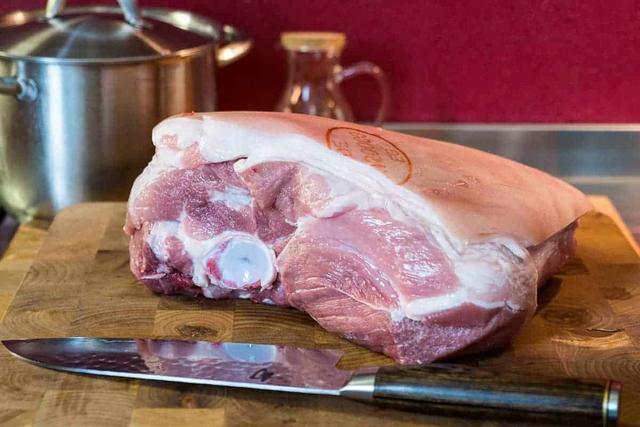
The pork butt, which comes from the shoulder area of the pig, has a layer of subcutaneous fat known as the fat cap. However, there is also a layer of exterior hard fat and a thin layer of meat below it, known as the “false cap.” This false cap does not render well and is not palatable. Therefore, many people choose to remove it before smoking the pork butt.
When cooking pulled pork in a slow cooker, where the heat source comes from the bottom and works its way up the sides, it is recommended to place the pork butt fat side down. This allows for better rendering of fat and ensures that the meat stays moist during cooking.
If you want to maximize the bark yield on your pork butt, you can debone it and cut it into strips before smoking. Some people even choose to remove the false cap before smoking to achieve a higher ratio of tenderness to barkiness (surface area). However, this may result in less overall bark on the finished product.
Whether you choose to remove or keep the fat cap on your pork butt ultimately depends on personal preference. If you decide to keep it on, orienting the fat cap towards the heat source can act as a barrier between the drying heat and the meat surface. However, if you opt to remove it, you can still achieve a tender and flavorful result due to the high intramuscular fat content naturally present in pork butt.
Pork Butt Fat Side Functioning as a Heat Shield
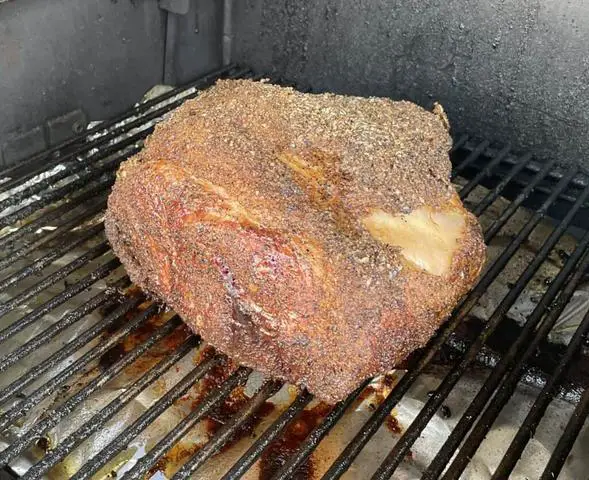
The fat side of the pork butt, also known as the fat cap, can act as a barrier between the meat and the drying heat of the smoker or slow cooker. By orienting the fat cap towards the heat source, it helps to protect the meat from direct heat and keep it moist during cooking. The fat cap acts as an insulator, preventing the meat from drying out.
Some barbecue enthusiasts prefer to remove the “false cap,” which refers to the exterior hard fat and thin layer of meat below it. By removing this layer, they aim to maximize tenderness and edible bark on the pork butt. The false cap doesn’t render well and is not palatable, so trimming it off allows for better flavor penetration from dry rubs and a more enjoyable eating experience.
When making pulled pork in a slow cooker without a smoker, it’s recommended to place the pork butt fat side down. This orientation allows for even cooking as heat rises from the bottom of the slow cooker. Additionally, if searing before slow cooking, do so before placing the meat in the slow cooker to develop a flavorful crust.
Overall, while there are different opinions on how to orientate pork butt during cooking, whether fat side up or down or with or without removing the false cap, what matters most is achieving tenderness and creating delicious bark on your smoked or slow-cooked pork butt.
Cheat Sheet for Cap Orientation

When using a smoker, the general recommendation is to orient the fat cap of the pork butt towards the heat source. This allows the fat to act as an insulator and protect the meat from direct heat.
However, it’s important to note that pork butt naturally contains a lot of intramuscular fat, so the orientation of the meat inside the smoker doesn’t really matter. Whether you place it fat side up, down, sideways, flipped, or remove the fat cap entirely, the meat will still turn out tender and flavorful.
If you’re using a slow cooker instead of a smoker, it’s best to place the pork butt with the fat cap facing down. The heat source in a slow cooker comes from the bottom and works its way up, so this orientation helps prevent excessive rendering of the fat.
In conclusion, whether to cook a pork butt with the fat side up or down is a matter of personal preference. While cooking it with the fat side up may result in a juicier and more flavorful meat, cooking it with the fat side down can help protect the meat from drying out. Ultimately, it is essential to monitor the temperature and cooking time to achieve tender and delicious results.
Learn More About Grilling
If you want to learn more about grilling, check out these other helpful resources!

